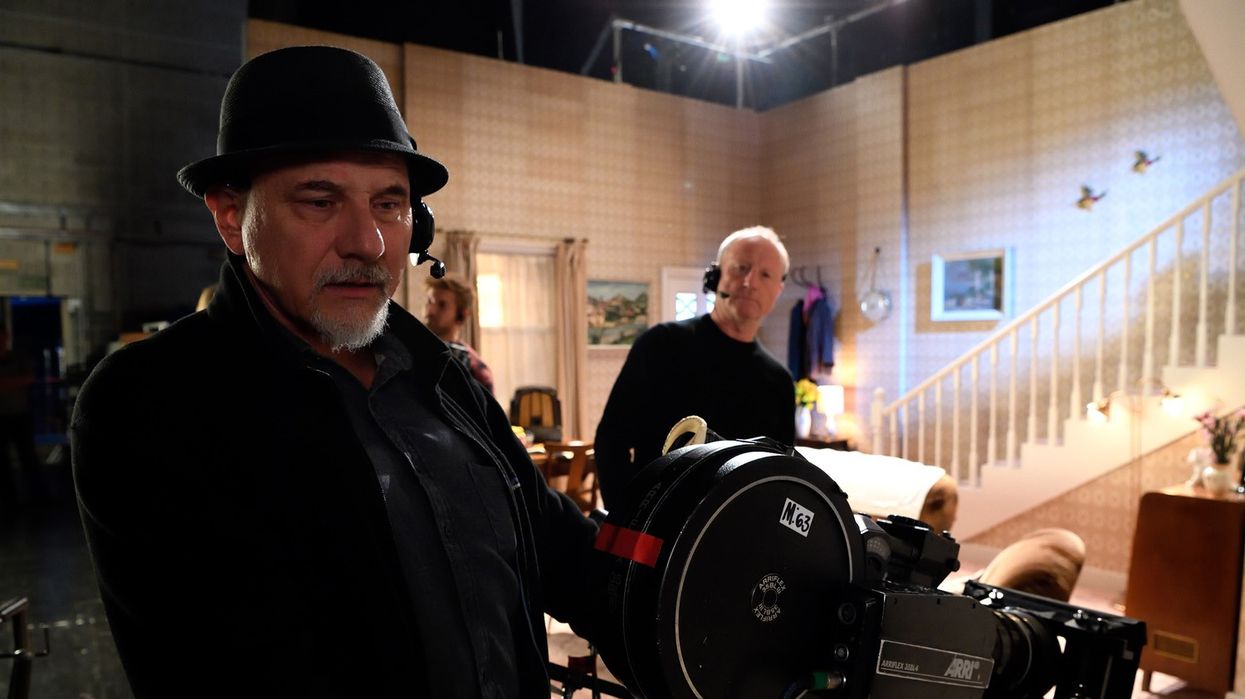'X-Men' Cinematographer Explains Why You Should Use These Lenses
Cinematographer Newton Thomas Sigel explains the differences between wide-angle, normal and telephoto lenses.

How do cinematographers decide which lenses to use and when? And what lenses do what when attached to the camera?
Cinematographer Newton Thomas Sigel recently sat down with Vanity Fair to talk about which lenses do what for the look and feel of your project. I think this is especially important for budding filmmakers and YouTubers who are trying to create certain looks or brands for their content. It obviously matters a lot within film and television as well.
Check out this video from Vanity Fair, where they interview Sigel and he talks the pros and cons of some popular lenses as well as the science of each lens using examples from Bohemian Rhapsody, Drive, and Three Kings.
A Professional Cinematographer Explains Three Lenses
What I love about this video is how it takes us through the practical and explanatory uses for each lens.
Whether you want to break into cinematography or you're a director having trouble communicating your vision, this tutorial gives you practical advice about lenses and the power they hold when telling the story.
As Sigel explains. The visual power of cinematography has three key elements:
All these three things contribute to why you'd choose a particular lens for the scene. But what do the three most popular lenses do? And what determines how they look? Before we get into the, we have to talk about focal length.
What's focal length?
The focal length is the distance from the center of the lens to the object you're focused on.
Focal length is the lens' power. The longer focal length, narrower angle of view. The shorter the focal length, the wider our angle of view. The angle of view affects what you see behind and in front of the scene. Like how much background is in focus and other aspects of mise-en-scene.
Got it? Okay, so let's talk lenses

The Three Most Popular Lenses
Lens choice and focal length affects mood and the look of the moving image.
WIDE LENS
Wide lenses allow you to see more of the background in focus. They can be great for close-ups or getting into cramped situations. They give the illusion that characters can be far away from each other when you cut between single shots.
They have a dramatic perspective and are often used with handheld camera movements.
NORMAL/STANDARD LENS
These lenses give a more naturalistic image and are supposed to mimic the human eye and vision. There's some slight distortion in close-up but are generally used for medium shots or cowboy shots as well. If you want to capture the human experience and mimic what it would be like to be in a scene?
The Normal lens might be for you.
TELEPHOTO LENS
The telephoto lens has a narrow depth of field and thus can make the audience feel alienated or isolate the character on the screen. They can also compress the space in a reverse shot to make the actors feel much closer together. They flatten the perspective so things in the background are out of focus, and we only see the characters we're focused on watching.
These are usually pans or stationary shots on sticks because telephoto lenses are large and can be hard to move.
What's next? Check out 50+ Camera Angles and Movements!
Have you ever been overwhelmed at the possibility of every camera angle, framing, and shot type available as a filmmaker? Us too. So we provided a cheat sheet with definitions for you!
Click the link to learn more.















